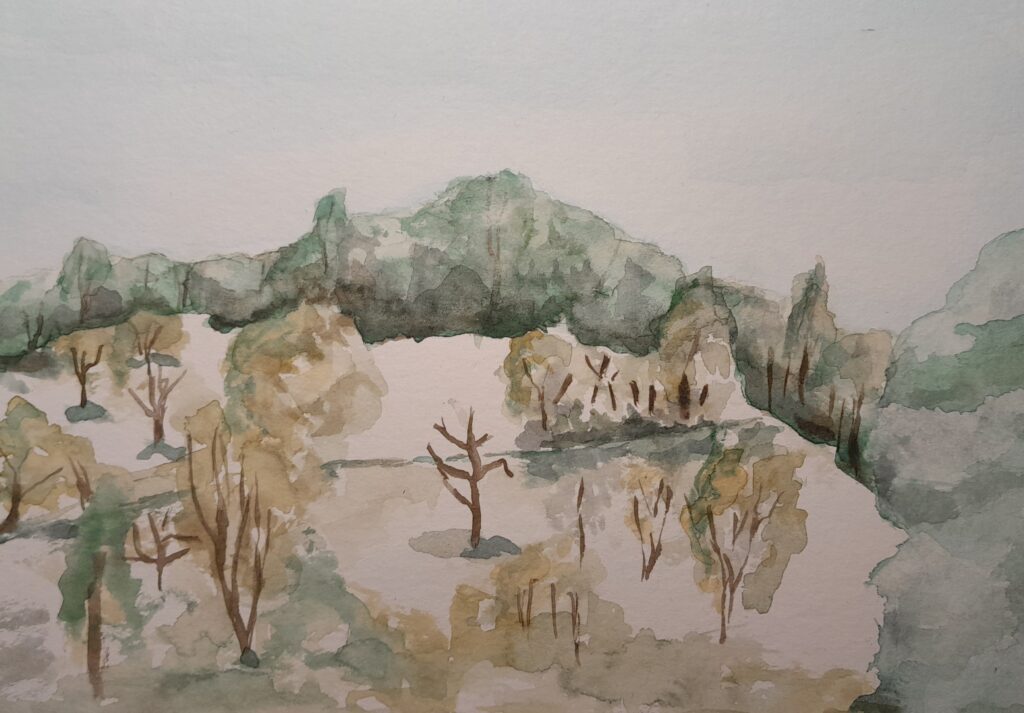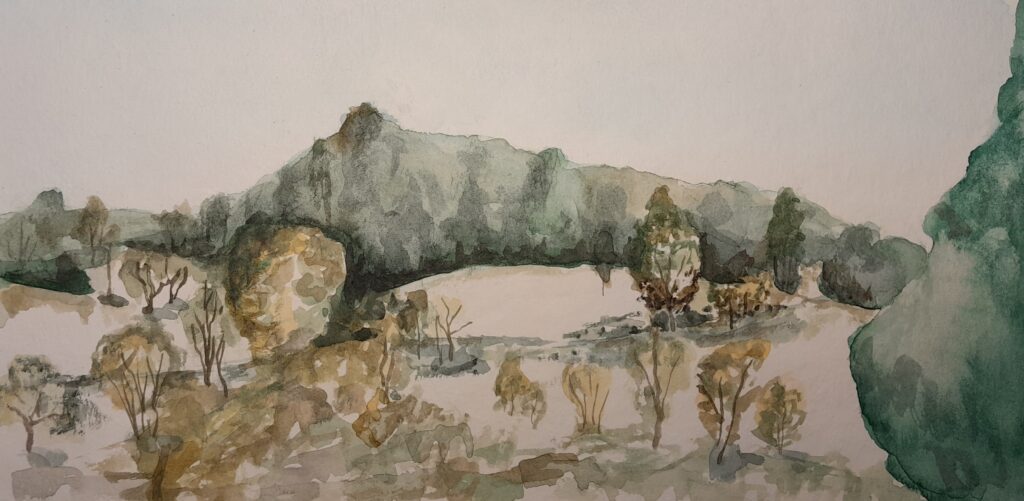




Die Ziege, in der Schweiz auch „Geiss“ genannt, ist ein wichtiges Nutztier, das durch seine Anpassungsfähigkeit und Vielseitigkeit geschätzt wird. Hier sind einige ihrer wichtigsten Eigenschaften:
- Anpassungsfähigkeit:
Ziegen sind äußerst anpassungsfähige Tiere, die in verschiedenen klimatischen Bedingungen und Geländearten überleben können. Besonders in den Bergregionen der Schweiz gedeihen sie gut, da sie auch auf kargen und steilen Weiden Nahrung finden. - Kletterfähigkeiten:
Ziegen sind hervorragende Kletterer. Ihre kräftigen Beine und harten Hufe ermöglichen es ihnen, sich auf steilem, felsigem Terrain sicher zu bewegen. In den Alpen sind sie oft auf unzugänglichen Hängen und Felsen anzutreffen. - Futterverwertung:
Ziegen sind bekannt dafür, dass sie mit einer breiten Palette von Pflanzen und Gräsern vorliebnehmen. Sie sind weniger wählerisch als manche andere Nutztiere und können auch von nährstoffarmen Weiden profitieren. - Milchproduktion:
In der Schweiz wird die Ziege besonders wegen ihrer Milch geschätzt. Ziegenmilch ist leicht verdaulich und nährstoffreich. Sie wird zu verschiedenen Milchprodukten wie Käse (z.B. Ziegenkäse) und Joghurt verarbeitet, die in der Schweiz traditionell beliebt sind. - Ziegenfell und Wolle:
Neben der Milchproduktion werden einige Ziegenrassen auch wegen ihrer Wolle (z.B. Kaschmirziegen) und ihres Fells gehalten. Das Fell kann zur Herstellung von Leder oder anderen handwerklichen Produkten verwendet werden. - Soziales Verhalten:
Ziegen sind soziale Tiere, die oft in Herden gehalten werden. Sie entwickeln starke Bindungen untereinander und sind auch Menschen gegenüber oft neugierig und zutraulich. Dies erleichtert ihre Haltung und den Umgang mit ihnen.
Diese Eigenschaften machen die Ziege zu einem wertvollen Nutztier in der Schweizer Landwirtschaft, insbesondere in den Bergregionen.


